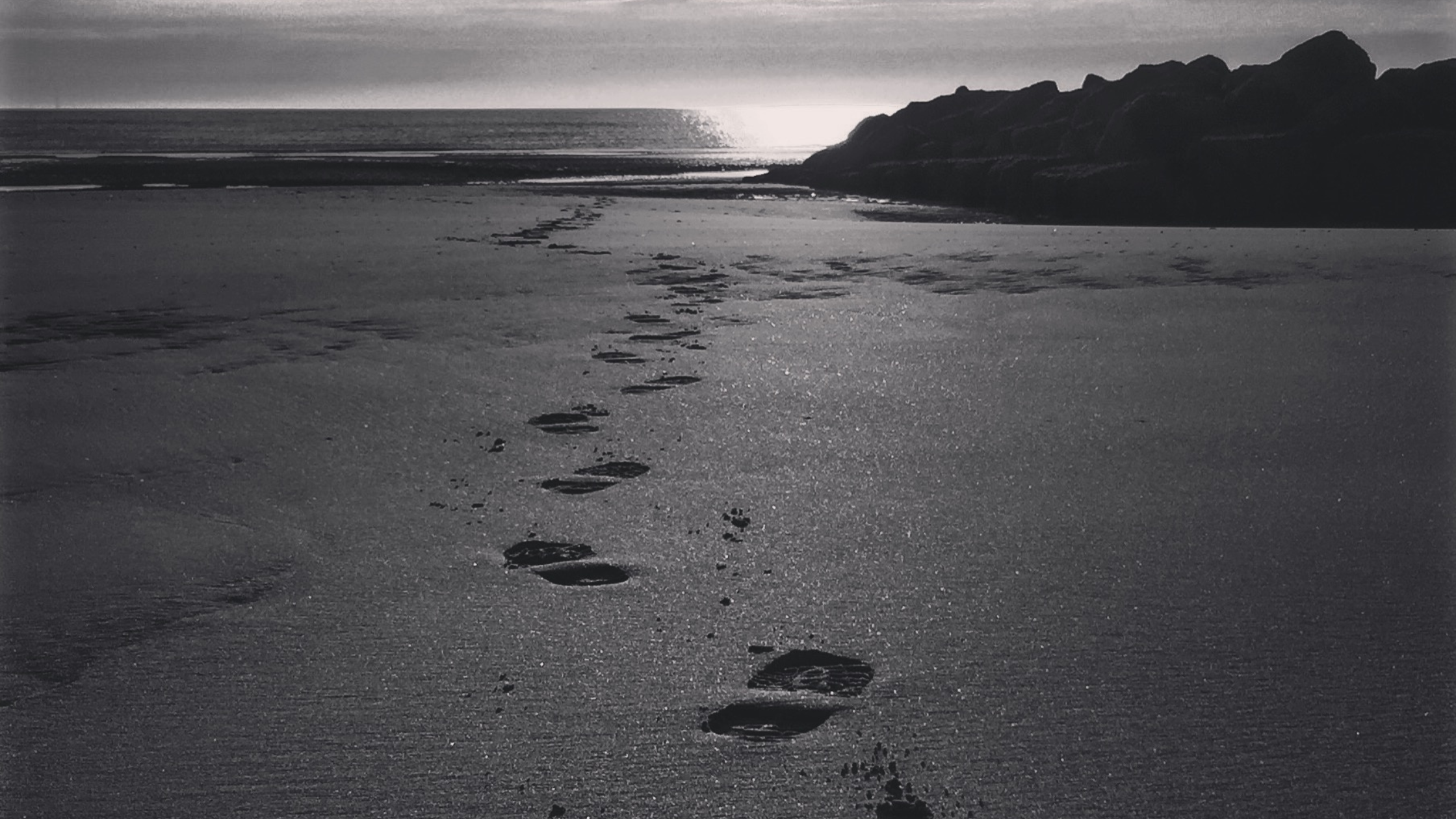Who has walked this ground before me?
As a teen, I wondered that while working on our Alabama farm. Walking behind our mule, I would find the occasional arrowhead and once in the same day my brother and I found two tomahawks. I have these rocks today in a cabinet in my living room, the earliest part of my treasured rock collection.
The Creek Indians, we are told, lived in those hills and hollows in North Alabama before President Andrew Jackson ordered the tribes east of the Mississippi River to be removed to Oklahoma. This “trail of tears” constitutes a sad saga in American history. The teenage boy which I was, was fascinated with thoughts of the native Americans who lived here long before we arrived. (May I recommend a book? A Brutal Reckoning: Andrew Jackson, the Creek Indians, and the Epic War for the American South by Peter Cozzens.)
Once while giving some Atlanta friends a tour of New Orleans, I asked, “Did you know Abraham Lincoln came to our city?” They didn’t.
Few people do.
The teacher in me kicked into overdrive.
“Lincoln came to New Orleans twice, once in 1828 when he was 19 and again in 1831, at the age of 22,” I told them.
In those days, people would build flatboats and float down the Mississippi bringing crafts or produce to sell. On arrival, they would peddle their cargo, then tear up the boat and sell it for firewood. They would walk around for a couple of days and “see the elephant,” as they called it, then book passage north on a paddle-wheeler.
The first time, Lincoln came as a helper for his boss’ son, and the second time he was in charge.
Professor Richard Campanella of Tulane University wrote Lincoln in New Orleans, published in 2010 by the University of Louisiana at Lafayette Press. It’s the best and most complete thing ever written on the subject, I feel confident in saying. Subtitle: The 1828-1831 flatboat voyages and their place in history.
Now, the book is so dense, with interesting insights and details on every page, that reading it is a slow process. Campanella even tells us where the flatboat probably docked, where Lincoln and his friend may have stayed, and which slave auction they may have watched.
In New Orleans, where Canal Street hits the Mississippi River would have been “city center.” Flatboats were not allowed to come in that close, but had to tie up a mile or so upriver. Close in were the steamboats, with two or three new ones arriving daily, according to Professor Campanella. Further downriver you found the larger, ocean-going masted ships. This was one busy place.
Slaves were auctioned at numerous places in what we now call the French Quarter. Hewlett’s Exchange on Chartres Street, being the biggest, was the one most likely to have drawn in out-of-towners wishing to see this cruel spectacle. Campanella thinks Lincoln and his friends would have gone there.
I’ve walked the French Quarter numerous times. Back in the 1960s, we seminary students preached on Decatur Street, right in the middle of what is now the grandest tourist area but which back then was run down, seedy, and scary. So much history here.
You wonder who has walked on this street where you are now standing. What happened in this 200-year-old building or that one? Where did Lincoln go and what did he see? The only reference, we’re told, that he ever made to this was in 1860 when he mentioned the slave auctions.
Who else has been here?
Let your mind run on that track for a moment….
In the late 1980’s while pastoring in North Carolina, my wife and I explored King’s Mountain Park where a Revolutionary War battle took place. Historical signs throughout the park tell who fought in this valley and how many died on yonder hillside. The thought occurred, “What if markers were placed throughout the world to inform us who once lived here on this street, who succeeded in this business, who failed in that den of iniquity?”
Various sites on this planet were visited by some august personage who came, did something, then moved on, leaving the spot forever sacred. “Washington slept here.” “Lincoln lived above the tavern on this spot.” “William Carey cobbled shoes here while praying for the heathen nations.”
Jesus Christ walked this street.
In Jerusalem, you can stand on the pavement where the Lord Jesus was placed on trial. So many places we cannot be certain of, even the site of Golgotha or the exact placement of His burial tomb. But some places are obvious. Gethsemane is there and the Sea of Galilee is right where it has always been. These impress themselves upon your heart in unforgettable ways. In Gethsemane, I prayed and wept as I thought, “My Lord was here, in this very place.”
The thought is too precious for words.
Think of these as metaphors for “those who have gone before us.”
A few scriptures come to mind…
1) The writer of Hebrews speaks of our faithful predecessors who ran their race, did their work, and are now seated in the heavenly grandstand cheering us on:
“We are surrounded by a great cloud of witnesses….” (Heb. 12:1)
2) Others before you were tempted in the very same way you are.
“No temptation has overtaken you but such as is common to man; and God is faithful….” (1 Corinthians 10:13).
3) There is a sense in which our Lord was once where you find yourself today. Consider this….
“We do not have a high priest who cannot sympathize with our weaknesses, but One who has been tempted in all things as we are, yet without sin” (Hebrews 4:15).
Think of that. Jesus knows what you are going through because He’s been there and dealt with what you are facing.
I can imagine our interceding Lord in Heaven. He says to an angel, “Don’t be too hard on this one. I’ve been where he is, and it’s really tough. Let’s give him a little extra help.”
You and I can take heart from knowing this. I type this and tear up, the idea is so comforting.
A gospel song says, “I walked today where Jesus walked.” It’s a good song. But one wonders if up in Heaven, the Lord doesn’t look at you and me and instead of shaking His head in disgust, He says, “I walked right where you have walked. Give it your best now. You can do this.”
Thank you, Lord Jesus. Ten thousand times, thank you!
Thank you for coming here and walking among us and showing us how it’s done. And more, thank you for not commanding us to do this perfectly, then when we fail abandoning us to our own resources. You continue with us, “helping us in our weakness” (Romans 8:26).
“He is mindful that we are but dust” (Psalm 103:14). Thank you for that.
You are the best of all possible Lords, and we praise You.
One more thing…
“Our Lord, may those who come behind us find us faithful. May they be inspired by knowing that others have walked this road, fought these battles, overcome these obstacles, and remained faithful. And oh, may I be one who inspires those who follow.”
That is the prayer of my heart.







